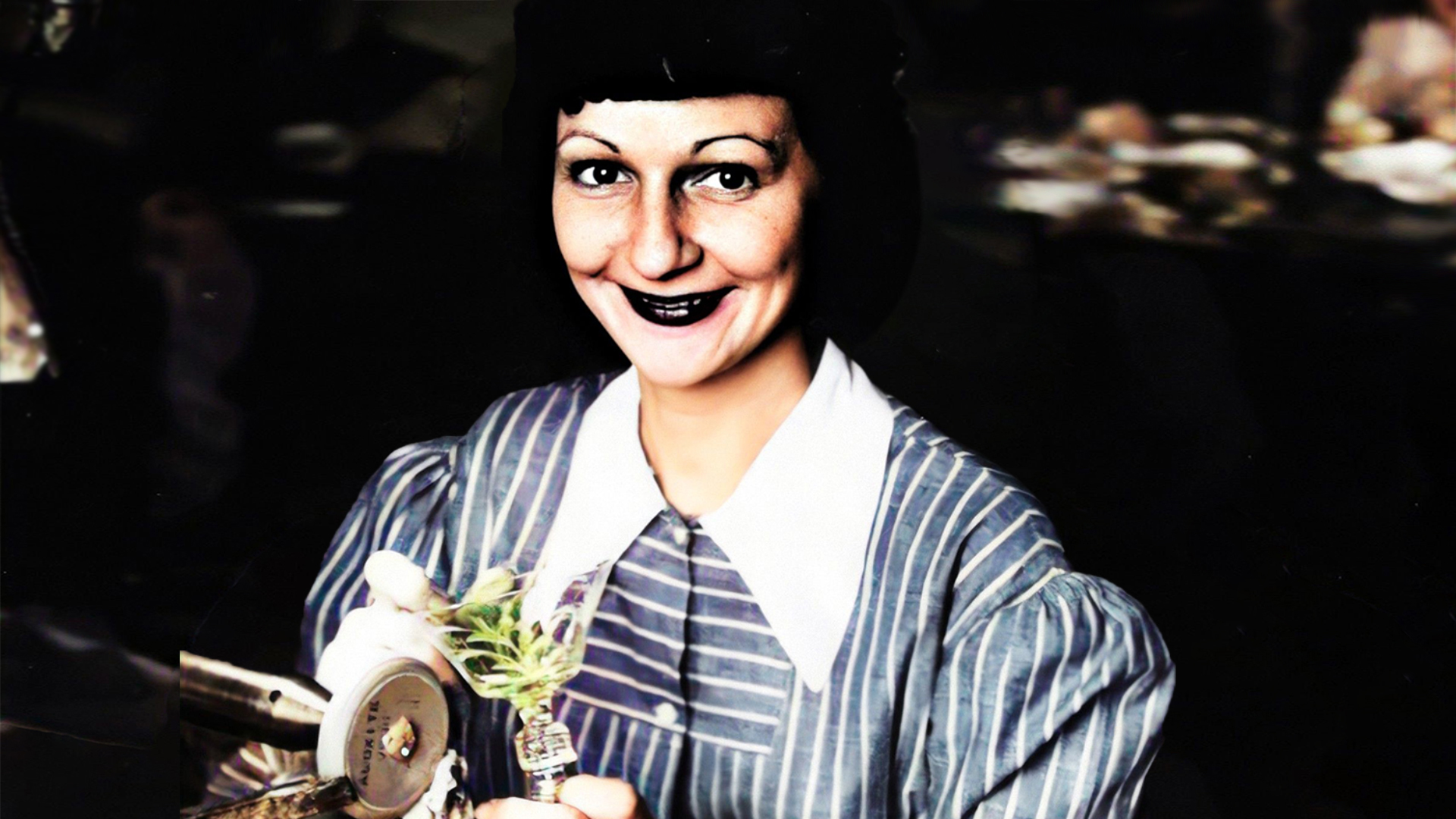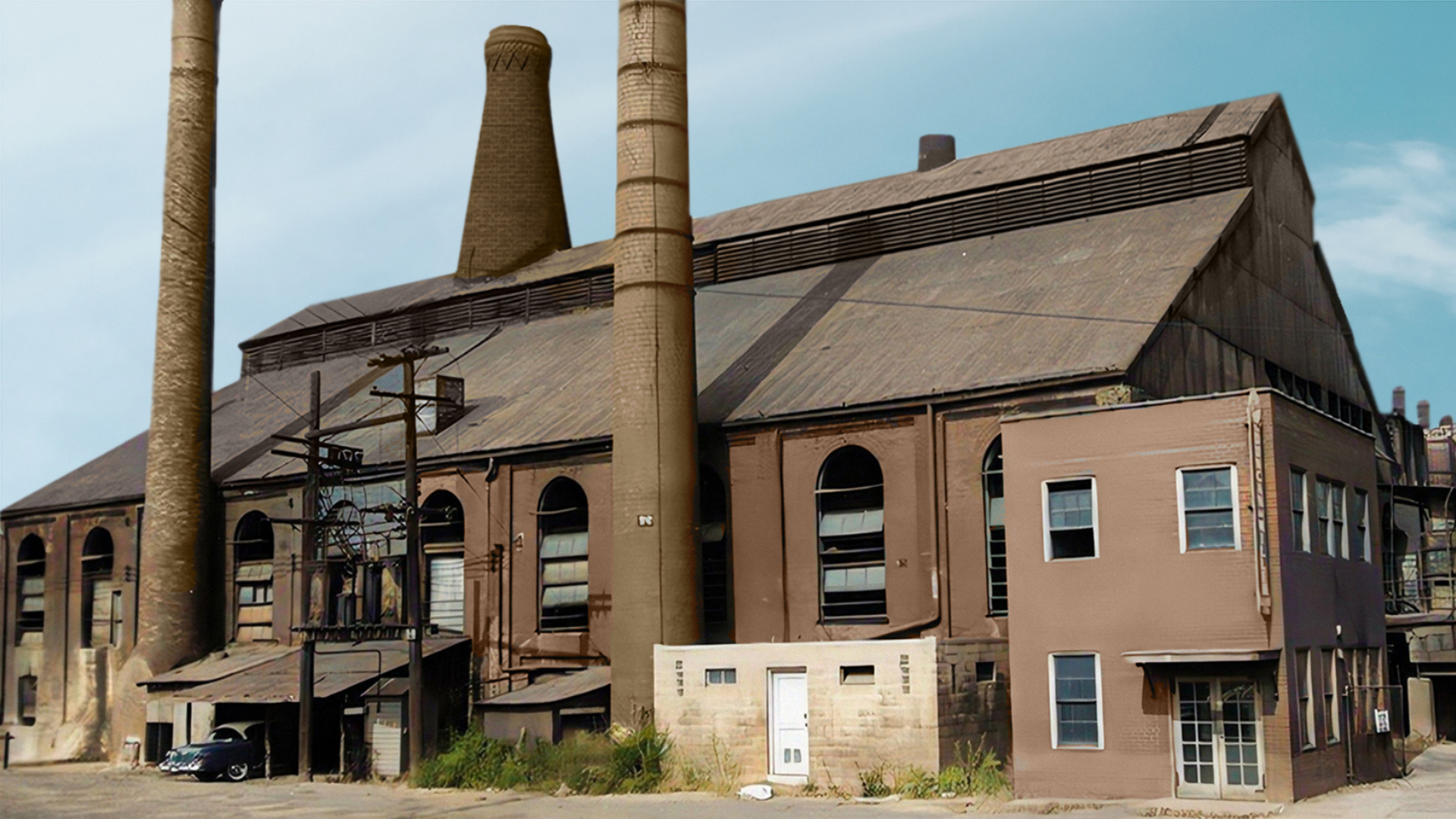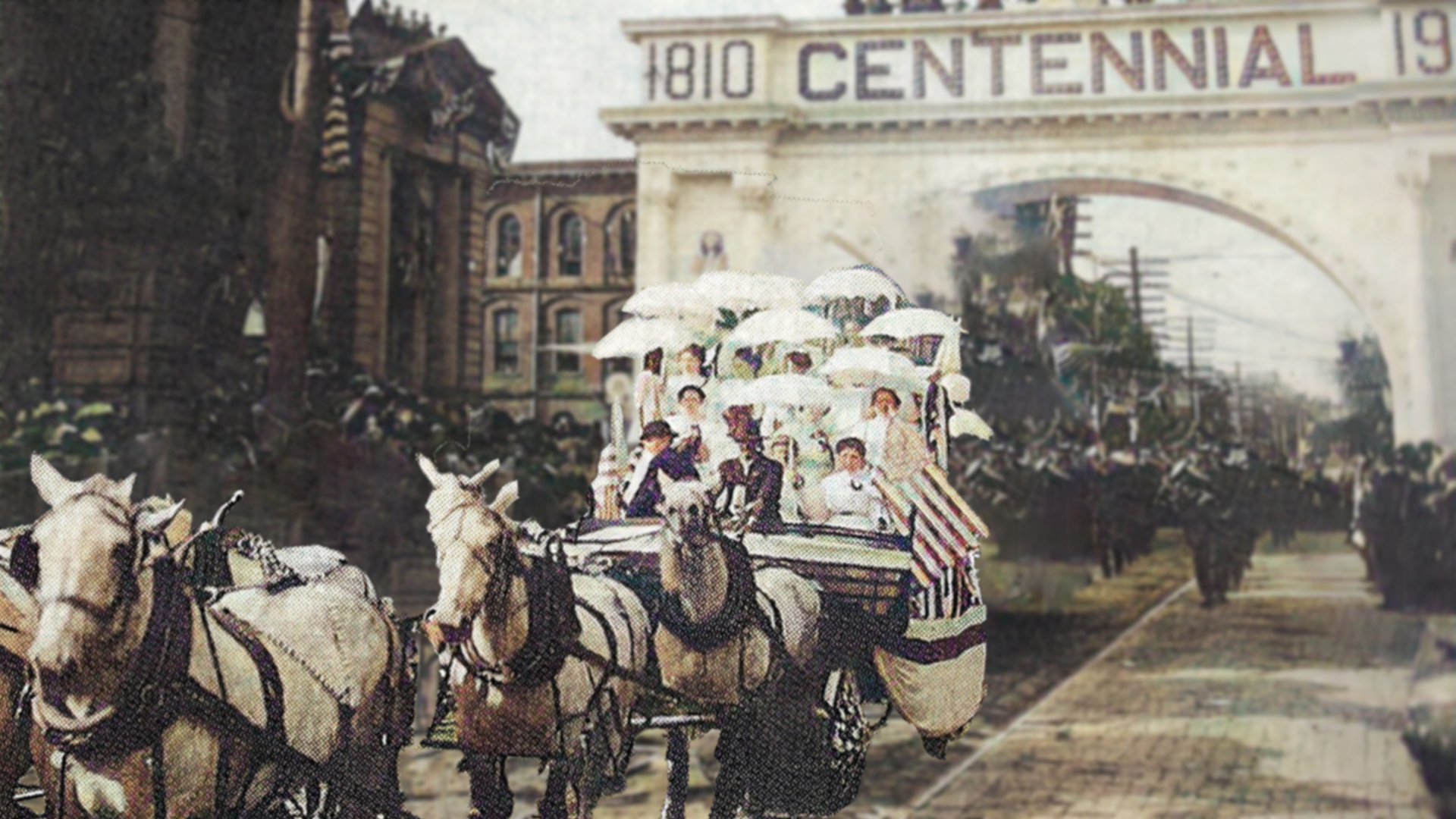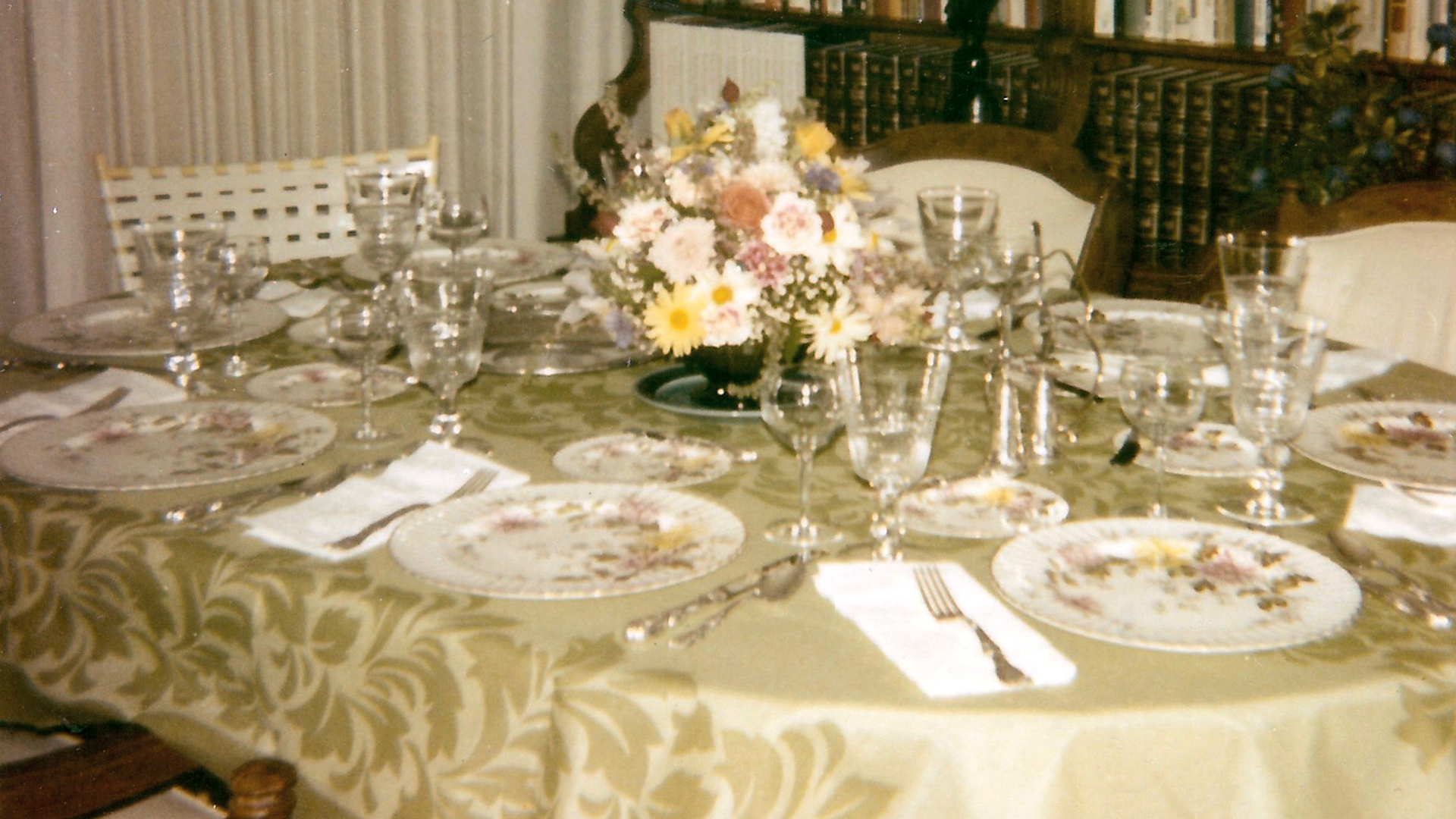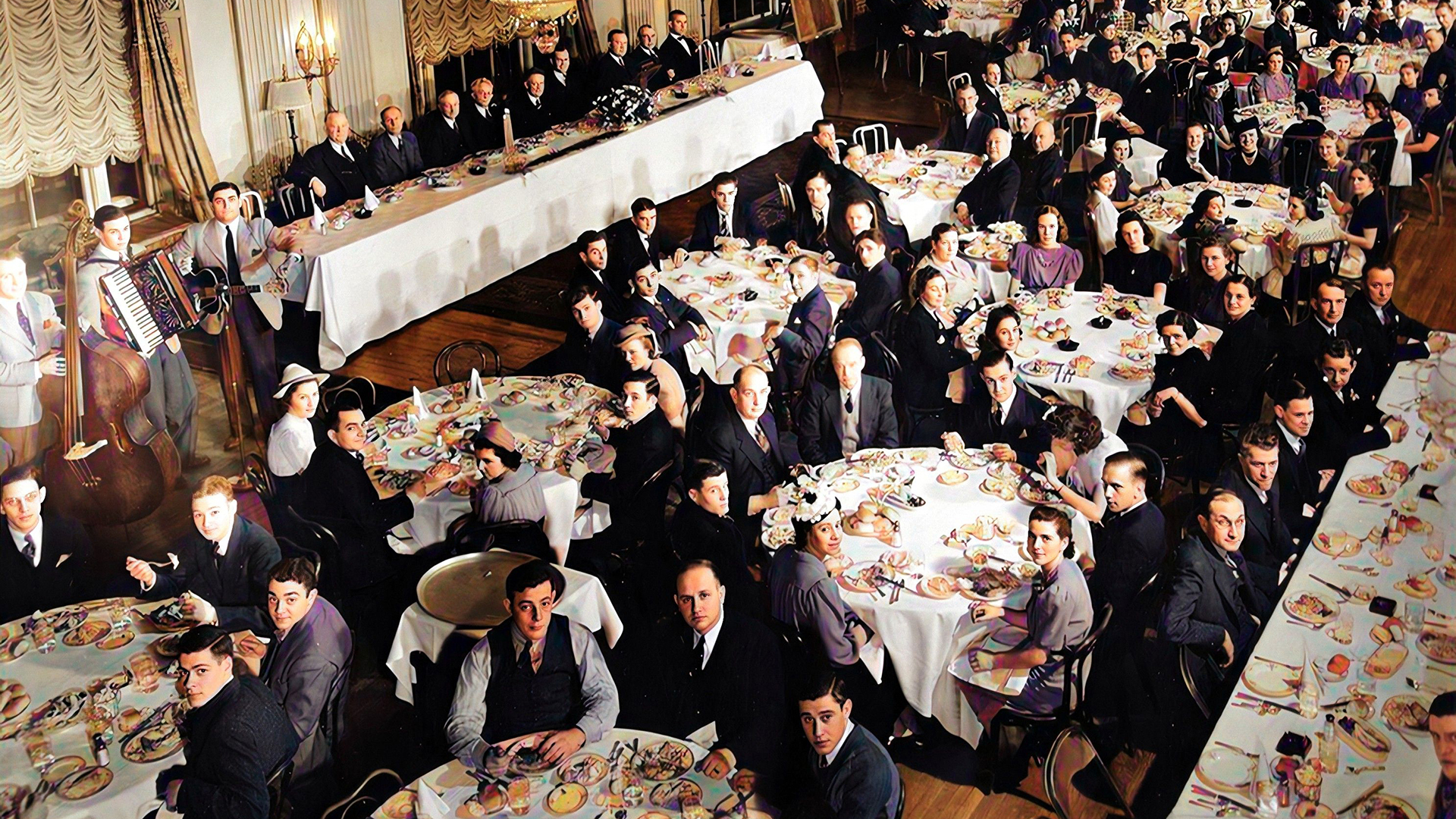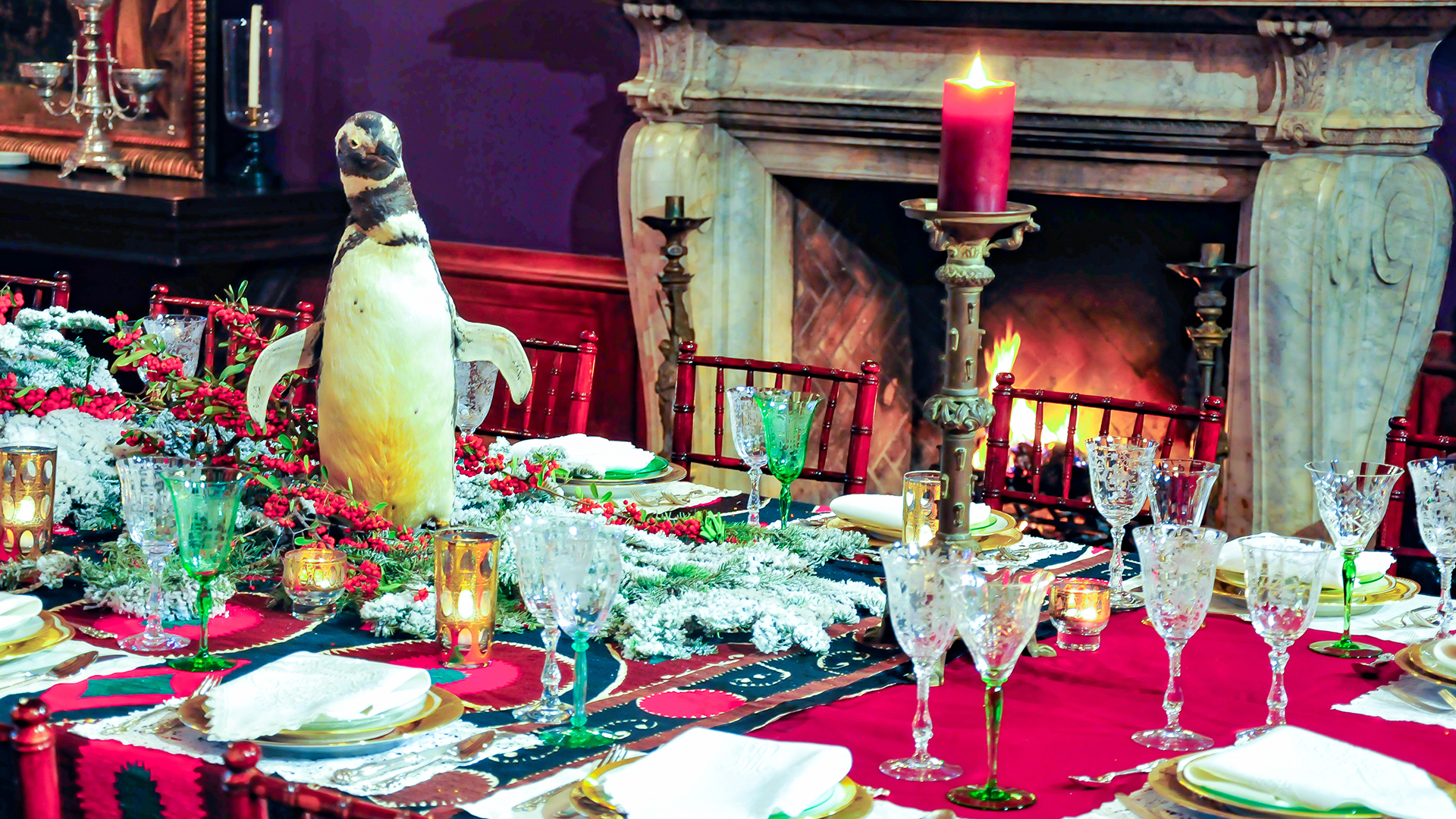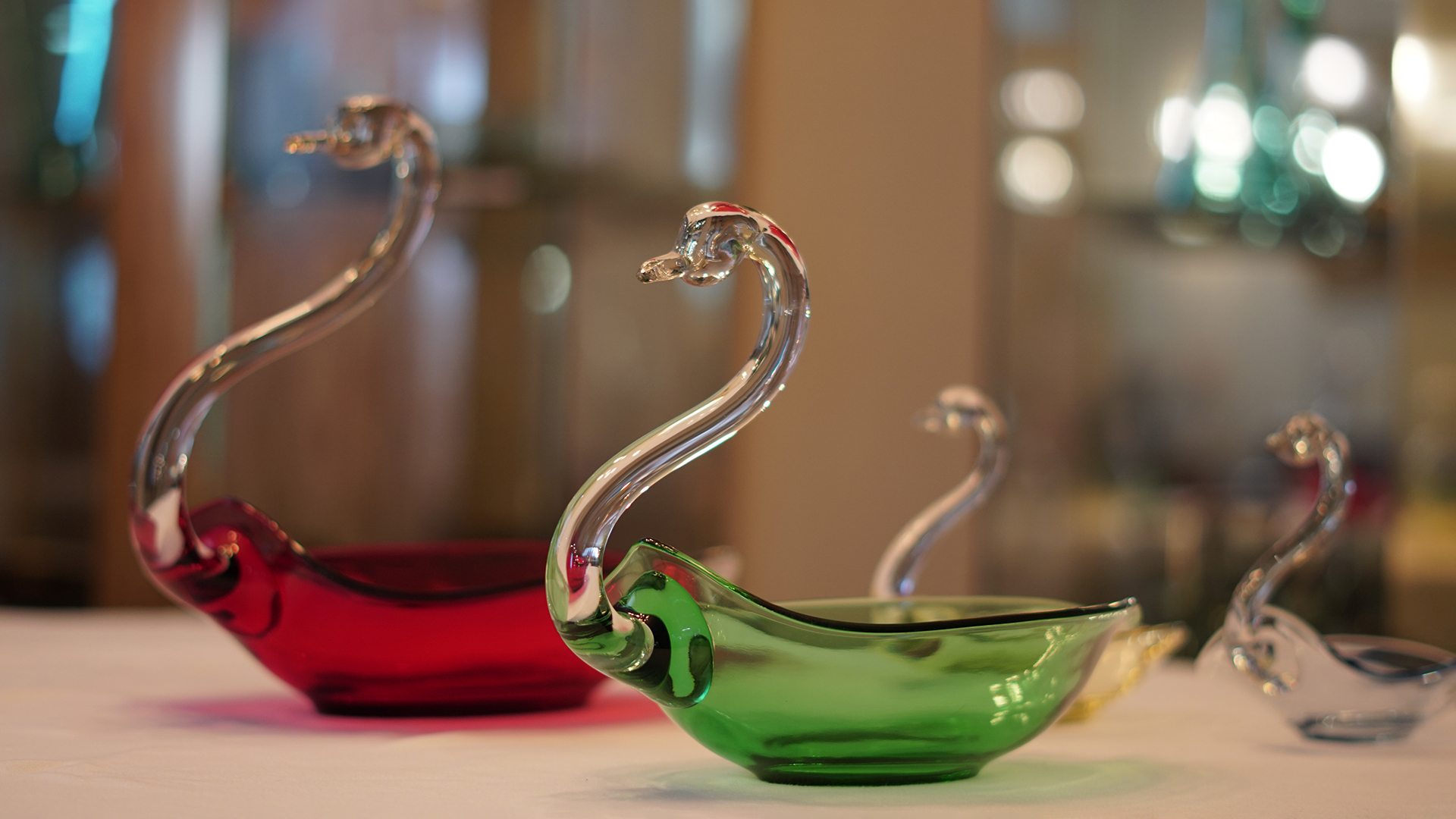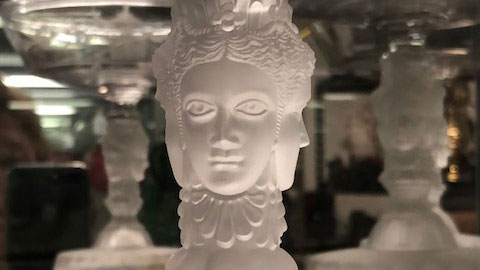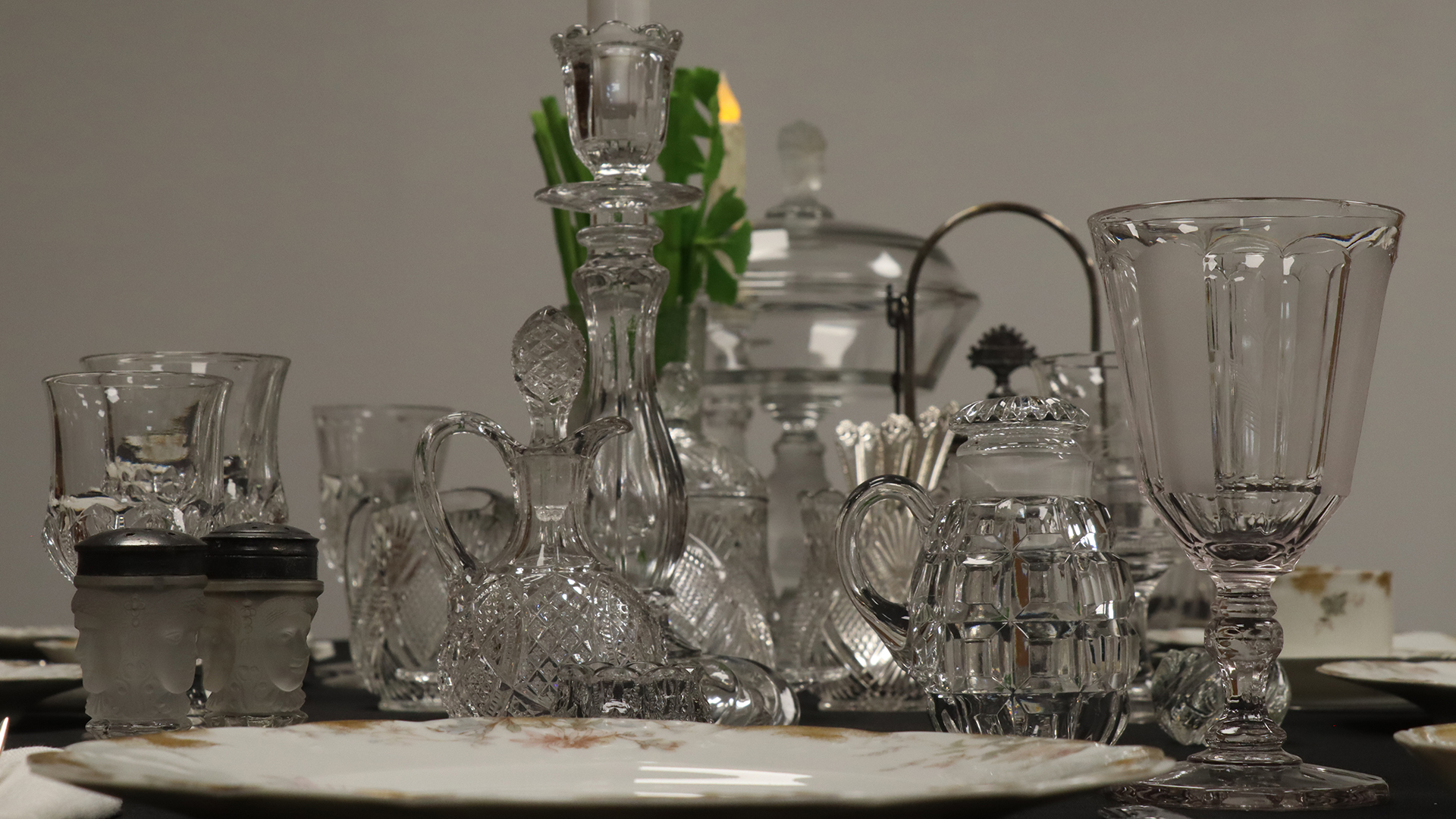Explore Our History
Ordinary to Extraordinary
Industry & Community
The manufacture of glass in Washington, Pennsylvania, was stimulated by the discovery of abundant oil and natural gas in the 1880s. The Duncan & Miller factory was the second of the six factories producing glass of all types, from window glass to fine tableware, located in Washington by 1900. The employees of the Duncan company lovingly produced hand-made and hand-decorated tables and giftware and included both the native-born and immigrants from the great glass centers of Europe, primarily Germany, Ireland, and France. Often, generations of family members, both male and female, were employed by the company. The glass industry also stimulated economic growth in the region in many circles of consumption, including energy, raw materials, and special chemicals needed to produce the lovely colors of Duncan glass, refractory clay vessels in which the glass was melted, and iron molds, tools, and glass presses.
Elaborate to Casual
Trends & Etiquette
Throughout the period in which Duncan produced glass for the American table, a family dined together, and most entertaining occurred in the home. Indeed, in the period before television or even radio programming, dining was the evening entertainment. Although trends in dining etiquette evolved from the lengthy, formal, multicourse dinner of the Victorian period to the simple but casual elegance of the mid-twentieth century, the hostess desired to exhibit the best tableware she could afford. The style, color, and variety of items offered in a pattern changed with the times. The collection of glass displayed at the Duncan & Miller Glass Museum illustrates these trends in dining practices and tableware design.
Beauty and Function
Art & Utility
The sparkling glass produced by Duncan & Miller can easily be regarded as art. Crystal clear or in a rainbow of colors, Duncan glass is decorated with engraving, frosting, colored stains, gold, enamel, cutting, and etching and found paired with silver, chrome, brass, or wood accessories. Nonetheless, this glass was intended for use in the home. Uses ranged from vases and bowls to display flowers, candlesticks, lamps, and shades for lighting, and of course, drink and tableware for family use or entertaining. Many unexpected items commonplace in the late Victorian period, also known as the Gilded Age, are not recognized today and tell fascinating stories of how food was raised, sold, and served. The color and modern Art Deco designs were a cheerful counter to the Great Depression of the 1930s. The post-World War II mid-century produced a new color palate and modern design esthetic with patterns intended for a more informal lifestyle.

